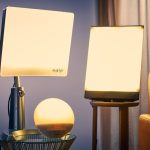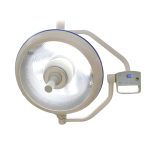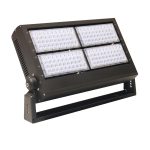Is Blue Light Making You Sad? Understanding the Impact of LED Light Color on Mood

In the modern world, people are surrounded by numerous technological devices, including smartphones, laptops, and tablets that emit blue light. Blue light is a high-energy visible light that is emitted by LED lights and screens. While blue light is known to have several benefits, including regulating sleep, it has also been linked to negative effects on mood. Many studies have found that exposure to blue light at night can disrupt circadian rhythms and interfere with sleep patterns. However, recent research has also suggested that blue light might be making people sad, anxious, and depressed. Despite this growing body of research, many people are unaware of the effects of blue light on their mood. Thus, it is essential to understand how blue light affects mood, particularly in the context of the increasing use of LED light sources in homes, offices, and public spaces. This article aims to provide an overview of the impact of LED light color on mood, particularly on the role of blue light in influencing mood and mental health. We will explore the current research on the effects of blue light on mood and provide some practical tips on how to minimize exposure to blue light to protect your mood and overall well-being.
Blue light is a type of visible light that has a short wavelength and high energy. It is naturally present in sunlight, but it is also emitted by electronic devices such as smartphones, tablets, and LED lights. LED lights are a type of light source that uses a semiconductor to emit light. They are energy-efficient and long-lasting, making them popular for use in homes and workplaces. However, the blue light emitted by LED lights has been known to disrupt sleep patterns and affect mood. Studies have shown that exposure to blue light at night can suppress the production of melatonin, a hormone that regulates sleep, and lead to feelings of sadness and anxiety.
Light has a profound impact on our daily lives and can significantly affect our mood. The color of light, in particular, plays a crucial role in regulating our circadian rhythms and influencing our emotional state. The blue light emitted by LED screens and other electronic devices has been linked to disrupted sleep patterns and an increased risk of depression and anxiety. On the other hand, warm-toned lighting, such as that found in incandescent bulbs, can create a more relaxed and calming atmosphere. Understanding the impact of light color on mood is essential for creating a healthy and comfortable environment in which to live and work. By selecting the right type of lighting, we can improve our overall wellbeing and enhance our productivity and happiness.
The Science Behind Light and Mood
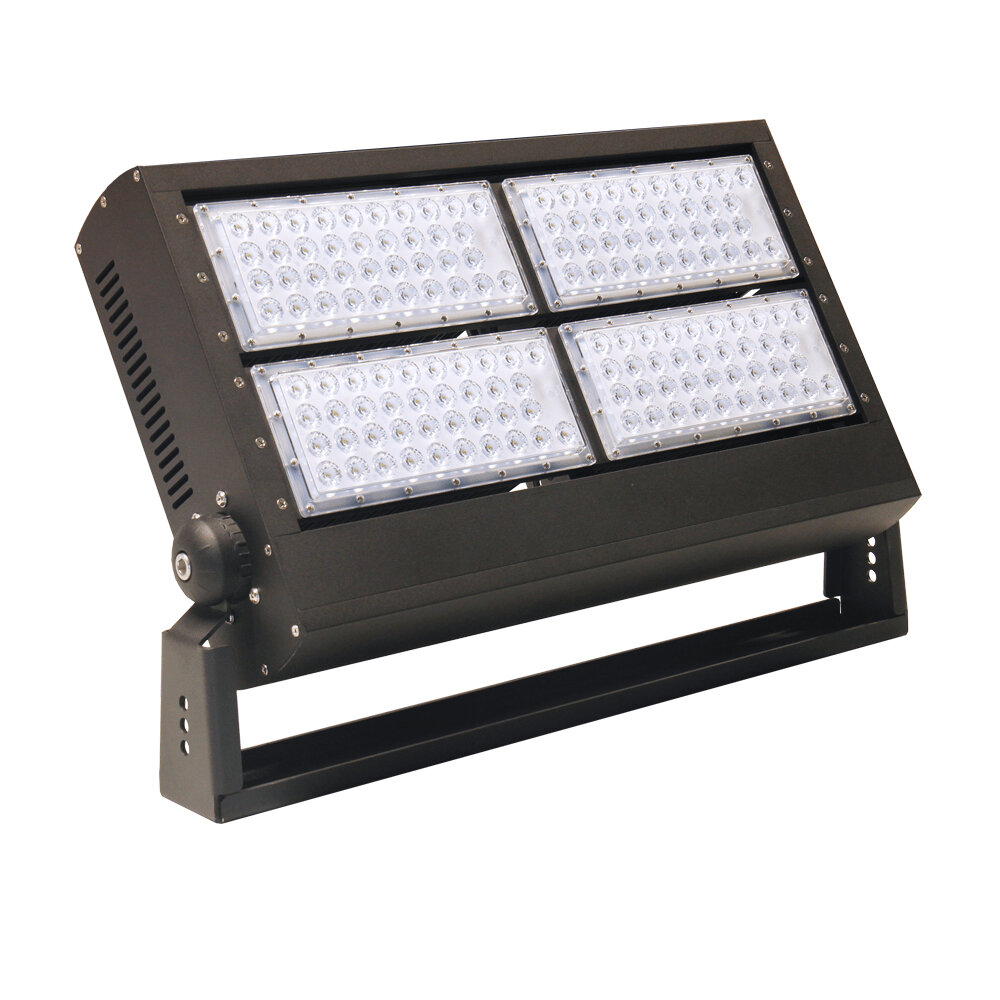
The science behind light and mood is a complex and fascinating topic. It has been found that different colors of light can have a significant impact on our emotional state. For example, blue light has been shown to increase alertness and improve cognitive performance. However, prolonged exposure to blue light at night can disrupt our circadian rhythm, leading to sleep disturbances and potentially affecting our mood and mental health. On the other hand, warmer colors of light, such as yellow, orange, and red, have a calming effect and can promote relaxation and a sense of wellbeing. This is why many people prefer to use warm lighting in their homes and bedrooms, as it can help them feel more comfortable and at ease. Understanding the impact of LED light color on mood is crucial for creating a healthy and supportive environment for ourselves and others. By choosing the right lighting for different tasks and times of day, we can optimize our energy levels, productivity, and mental health.
Light affects the brain and body in many ways. It is an essential element that regulates many physiological and psychological processes, including sleep, mood, and cognitive performance. The color of light, specifically blue light, has been found to have a significant impact on our mood and well-being. Exposure to blue light during the day can improve alertness, memory, and mood, while exposure to blue light at night can interfere with sleep and affect our circadian rhythms. This is because blue light suppresses the production of melatonin, a hormone that regulates sleep cycles. Therefore, it is crucial to be mindful of the type of light we are exposed to and to limit our exposure to blue light at night to ensure a good night’s sleep and overall well-being.
The circadian rhythm plays a crucial role in regulating our body’s physiological and behavioral functions in a 24-hour cycle. It’s our internal biological clock that helps us maintain a regular sleep-wake cycle, hunger, and hormone production. This rhythm is controlled by the suprachiasmatic nucleus (SCN) in the brain, which is sensitive to light and darkness. Exposure to light, especially blue light, in the morning can help reset our circadian rhythm and improve our mood and alertness during the day. However, prolonged exposure to blue light, especially at night, can disrupt our natural sleep-wake cycle, leading to sleep disorders and mood disturbances. Therefore, understanding the impact of LED light color on our circadian rhythm is crucial for maintaining our physical and mental well-being.
The Effects of Blue Light on Mood
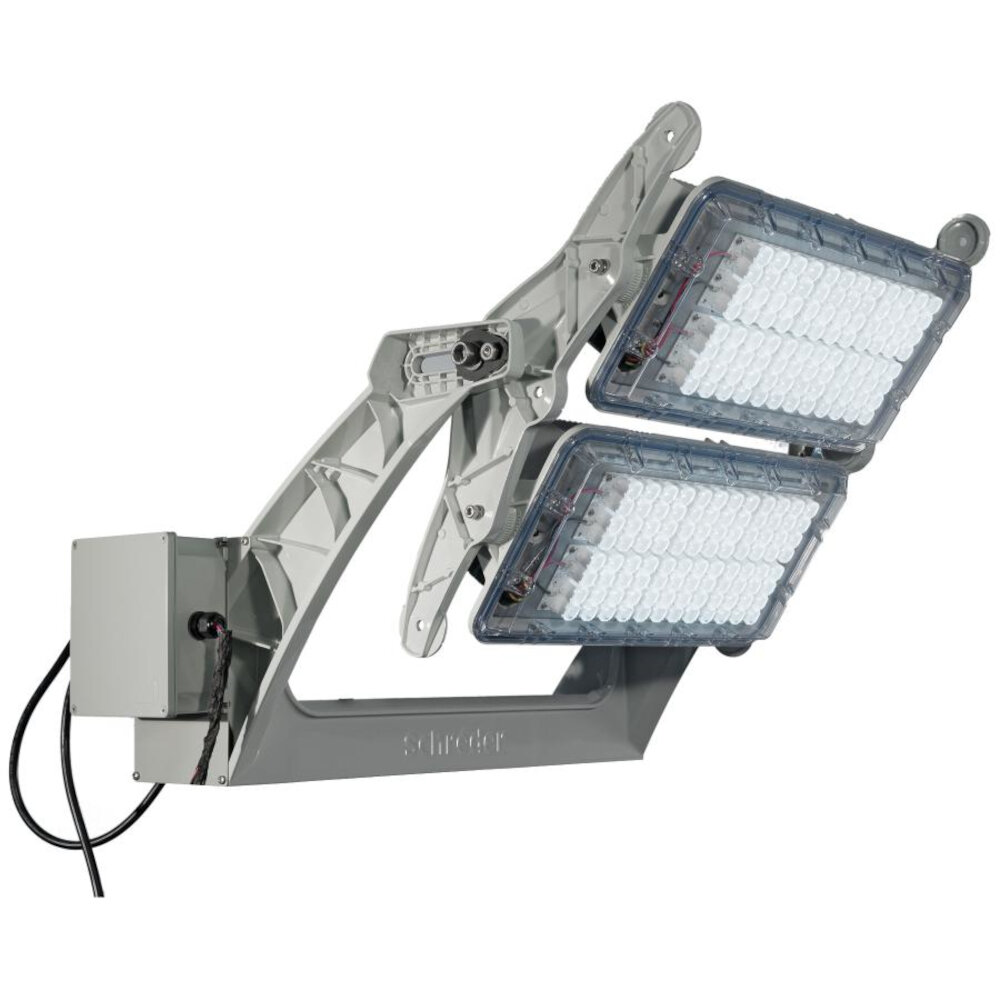
Blue light has been found to have a significant impact on mood, especially in relation to sleep patterns. Exposure to blue light, particularly from electronic devices such as smartphones and laptops, has been linked to reduced production of melatonin, a hormone that regulates sleep cycles. This disruption of the body’s natural sleep-wake cycle can lead to feelings of fatigue, irritability, and even depression. Additionally, blue light exposure has been shown to suppress the production of serotonin, a neurotransmitter that plays a crucial role in regulating mood and social behavior. This can lead to feelings of anxiety and sadness. Aside from its effects on sleep and mood, blue light has also been associated with a range of physical health issues. For example, exposure to blue light at night has been linked to an increased risk of obesity, diabetes, and even certain types of cancer. This is thought to be due to the way in which blue light disrupts the body’s natural hormonal balance, leading to a range of negative health outcomes. Despite these concerns, however, it is important to note that not all blue light is bad. In fact, exposure to natural blue light during the daytime has been shown to have a range of positive health benefits, including improved mood, cognitive function, and even physical performance.
The impact of blue light on sleep has become a growing concern in today’s digital age. Blue light emitted from electronic devices such as smartphones, laptops, and TVs can disrupt the body’s natural sleep cycle, suppressing the production of melatonin, a hormone that regulates sleep. The exposure to blue light at night can make it difficult to fall asleep and stay asleep, leading to sleep deprivation and daytime fatigue. In addition, chronic exposure to blue light at night has been linked to other health problems, such as obesity, diabetes, and depression. It is important to limit exposure to blue light at night, by reducing screen time, using blue-light blocking glasses, and adjusting the lighting in your environment to warmer, more relaxing hues.
Blue light, which is emitted by electronic devices and LED lights, has been linked to depression and other mood disorders. The reason for this is that blue light affects the body’s production of melatonin, a hormone that regulates sleep and controls the body’s circadian rhythms. When we are exposed to blue light at night, it suppresses the production of melatonin, which can lead to sleep disturbances and alter our mood. Research has also shown that blue light exposure can increase anxiety and stress levels and may even contribute to the development of seasonal affective disorder (SAD). As a result, it is important to be mindful of our exposure to blue light and take steps to limit our exposure, especially at night, in order to protect our mental health and well-being.
Alternatives to Blue Light
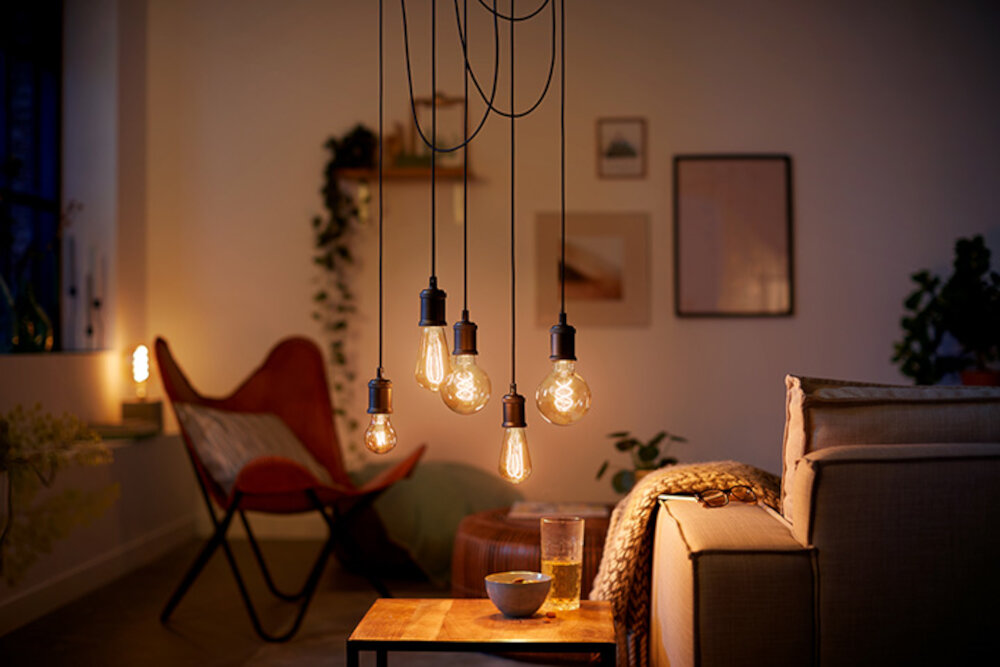
Exposure to blue light can have negative effects on mood and overall wellbeing. However, there are alternatives to blue light that can help mitigate these effects. One alternative is to use red or amber-hued light bulbs in the evening. These colors have longer wavelengths and produce a warmer, more relaxing light that can help promote better sleep and relaxation. Additionally, using dimmer switches or lower wattage bulbs in the evening can also help reduce the amount of blue light exposure and promote a more calming environment. Another alternative to blue light is to use specially designed blue light blocking glasses. These glasses have lenses that filter out blue light and can help reduce eye strain and improve sleep quality. They are particularly useful for individuals who spend a lot of time in front of screens, such as computers or smartphones, as these devices emit high levels of blue light. Additionally, some smartphones and computers have built-in settings that allow users to adjust the color temperature of the screen to reduce blue light emissions. By incorporating these alternatives into daily life, individuals can help reduce the negative effects of blue light and promote better overall wellbeing.
Research suggests that using warm light can improve sleep and mood. Warm light has a color temperature of around 2700K, which is similar to the color of a traditional incandescent bulb. This type of light is less likely to disrupt the body’s natural circadian rhythms, making it easier to fall asleep and stay asleep. Additionally, warm light can create a cozy and relaxing atmosphere, which can help to reduce stress and anxiety. By choosing warm light bulbs or using warm light filters on electronic devices, individuals can improve their overall well-being and quality of life.
Reducing blue light exposure in our daily life can have a significant impact on our mood and overall health. Blue light emitted by electronic devices such as smartphones, tablets, and computers can disrupt our circadian rhythm, making it harder to fall asleep and negatively affecting our mood. To reduce blue light exposure, one can try using devices with a blue light filter, adjusting the brightness of screens, and limiting screen time before bedtime. Additionally, incorporating natural light into our daily routine can help regulate our sleep-wake cycle and improve our mood. Making small changes in our daily habits can lead to a more balanced and healthy lifestyle.
Applying Knowledge to Daily Life
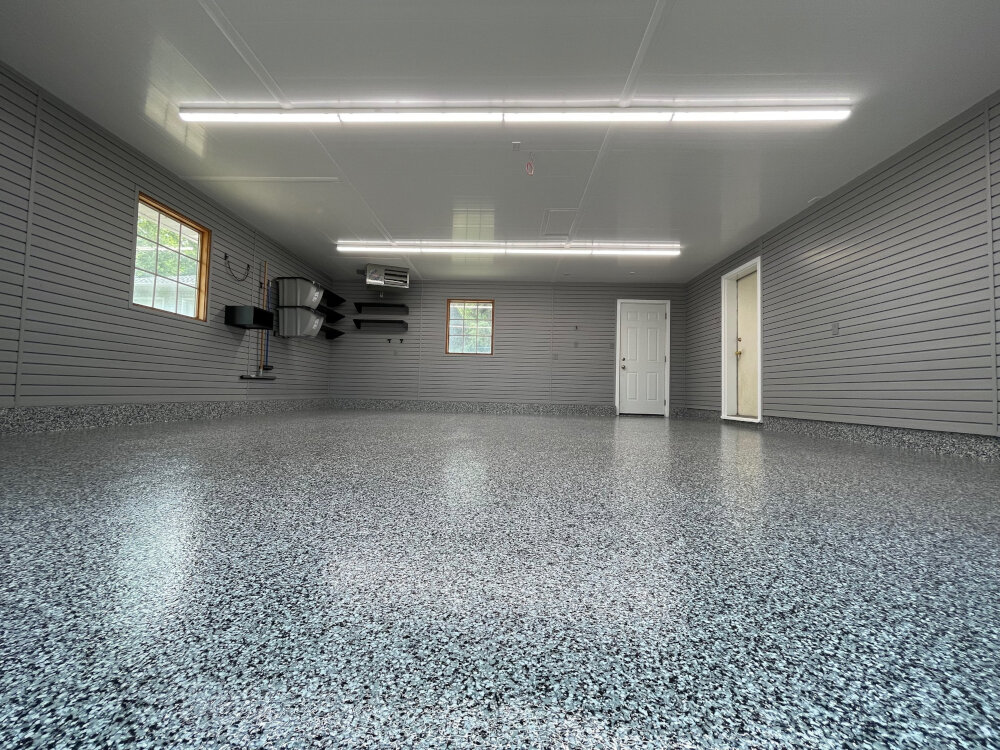
Applying knowledge to daily life is essential for leading a healthy and fulfilling lifestyle. In today’s fast-paced world, where technology has become an integral part of our lives, it is important to understand the impact of various environmental factors, such as LED light color, on our mood and overall well-being. Research has shown that blue light, which is emitted by LED lights, can have a significant impact on our mood, leading to feelings of sadness and depression. Therefore, it is important to be mindful of the type of lighting we use in our homes and workplaces and to consider the impact it may have on our mental health. One way to combat the negative effects of blue light is to invest in lighting that emits warmer colors, such as orange or yellow. This can have a calming effect on the mind and body, helping to reduce stress and anxiety. Additionally, it may be helpful to limit exposure to blue light in the evenings, as it can disrupt our natural sleep patterns and lead to insomnia. By making small adjustments to our daily routines and environment, we can improve our mood and overall well-being, leading to a happier and more fulfilling life.
Choosing the right light for your home and workspace is crucial for maintaining a positive mindset and productivity. LED lights have become increasingly popular due to their energy efficiency and long-lasting lifespan; however, the color of the light emitted from LED bulbs can impact mood and health. Blue light, in particular, can disrupt circadian rhythms and interfere with sleep patterns, leading to feelings of fatigue and sadness. Therefore, it is essential to consider the color temperature of LED lights when selecting bulbs for your space. Warm white or yellow-toned bulbs are ideal for creating a cozy and relaxing atmosphere, while cool white or daylight bulbs are better suited for workspaces that require focus and alertness. By being mindful of the color temperature of the lighting in your environment, you can improve your overall well-being and mood.
Reducing blue light exposure before bedtime is crucial for a good night’s sleep. One way to do this is by using warm light bulbs instead of cool ones, as warm light has less blue light emissions. Another tip is to limit screen time before bed, as electronic devices emit blue light that can disrupt our circadian rhythm. Installing blue light filters on devices or using blue light blocking glasses can also be helpful. Additionally, creating a relaxing bedtime routine that doesn’t involve screens, such as reading a book or taking a bath, can help signal to the body that it’s time to sleep. By reducing blue light exposure before bedtime, we can improve our sleep quality and overall well-being.
Light is a crucial element for our well-being and mood. Exposure to the right type of light can have a significant impact on our mental and physical health. Blue light, in particular, has been linked to negative effects on mood and sleep. The blue light emitted by LED screens, such as those found in phones and laptops, can disrupt our natural sleep cycle and cause feelings of sadness and fatigue. On the other hand, exposure to natural light or warm light can improve our mood and energy levels. It’s essential to be mindful of the type of light we’re exposed to and take steps to limit our exposure to blue light, especially before bed. By prioritizing our light exposure, we can improve our overall well-being and mood.
In conclusion, managing blue light exposure is a crucial step towards better mental health. Being mindful of the sources of blue light and minimizing their use can go a long way in reducing the negative impact it has on our mood and overall well-being. Incorporating healthy habits such as getting enough sleep, taking regular breaks from electronic devices, and spending time outdoors can also help counteract the effects of blue light. It is important to educate ourselves and raise awareness on this issue to promote healthy habits and prevent long-term negative consequences on our mental health. By taking proactive steps to manage our blue light exposure, we can improve our quality of life and ensure a happier, more balanced mind.
Conclusion
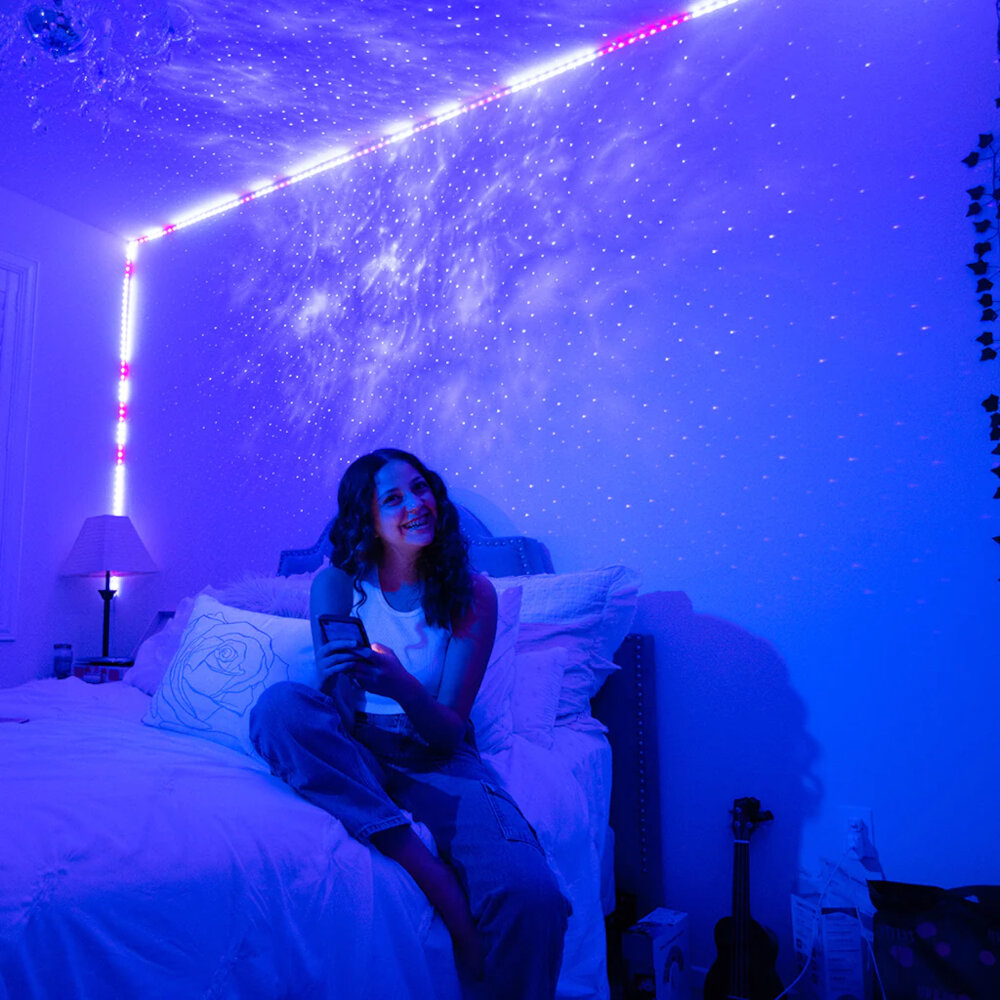
In conclusion, the impact of blue light on mood is a complex and nuanced topic that requires further research and consideration. While some studies suggest that blue light can have a negative impact on mood and overall well-being, other factors such as individual differences and exposure time must also be taken into account. It is important to be aware of the potential effects of LED light color on mood and to take steps to mitigate any negative impacts, such as limiting exposure to blue light before bedtime. Additionally, further research is needed to fully understand the complex relationship between light and mood, and to develop effective strategies for promoting positive mental health in our increasingly technology-driven world.


